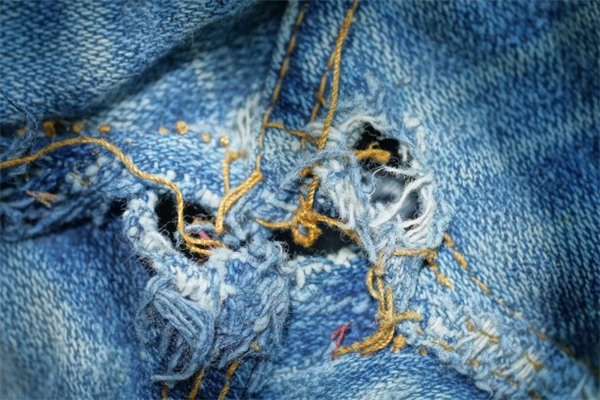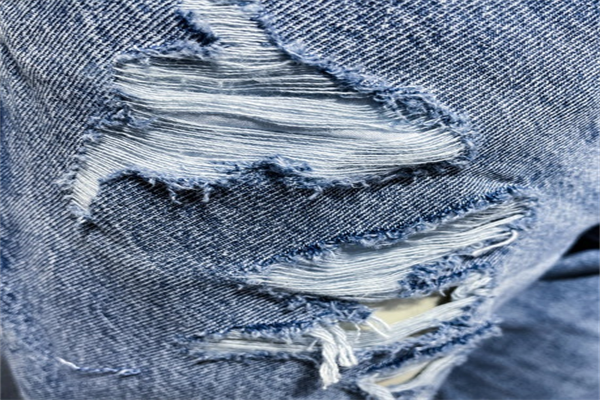Professional Denim Washing And Fraying Techniques For Jeans
Discover expert denim washing and fraying techniques to achieve the perfect vintage or distressed look for your jeans. This comprehensive guide covers professional methods like enzyme washing, stone washing, and hand sanding, along with advanced fraying techniques for customized wearandtear effects. Learn how to use potassium permanganate spraying, whiskering, and laser finishing to create unique textures. We also explore ecofriendly approaches, such as ozone washing and waterless dyeing, to reduce environmental impact. Whether you're a denim enthusiast, designer, or manufacturer, this article provides stepbystep instructions, safety tips, and equipment recommendations to master jeans distressing like a pro. Elevate your denim craftsmanship with industryapproved practices for frayed hems, ripped knees, and faded finishes—while maintaining fabric durability.
Professional Denim Washing and Fraying Techniques for Jeans
Introduction
Denim washing and fraying techniques transform raw jeans into stylish, wornin masterpieces. These processes enhance comfort, aesthetic appeal, and market value by replicating natural wear patterns. From stone washing to precision laser distressing, professionals use various methods to achieve distinct textures. This guide explores industrial and DIY techniques, ensuring highquality results while preserving fabric integrity.

1. Denim Washing Techniques
1.1 Enzyme Washing
Enzyme washing uses cellulase enzymes to break down indigo dye, creating a soft, faded finish. This ecofriendly method reduces water and chemical usage compared to traditional treatments. The process involves:

Tumbling jeans with enzymes in a rotary drum.
Controlling temperature (50–60°C) for optimal reaction.
Neutralizing enzymes to stop further fading.
Advantages:
✔ Gentle on fabric fibers.
✔ Produces consistent color loss.
✔ Environmentally sustainable.
1.2 Stone Washing
Stone washing employs pumice stones to mechanically abrade denim, yielding a vintage look. Steps include:
Loading jeans and stones into an industrial washer.
Adjusting cycle duration for desired contrast.
Removing residual stone particles via rinsing.
Pro Tip: Overuse of stones may weaken fabric—combine with enzymes for balanced distressing.
1.3 Bleach Washing
Chlorine or potassium permanganate (PP spray) lightens denim dramatically. Safety precautions:
Dilute bleach to prevent fiber damage.
Apply evenly using spray guns or dipping.
Neutralize with sodium bisulfite to halt bleaching.
Common Uses: Highcontrast knee/whisker fading.
1.4 Ozone Washing
An ecoconscious alternative, ozone gas oxidizes indigo without chemicals. Benefits:
Reduces water consumption by 70%.
Shortens processing time.
2. Fraying and Distressing Methods
2.1 Hand Sanding
Artisans manually sand areas like thighs and pockets for localized wear. Tools:
Sandpaper (80–120 grit).
Electric sanders for efficiency.
Design Effects: Subtle fading or heavy distressing.
2.2 Whiskering
Replicating crease marks around the crotch, whiskering involves:
Laser etching or manual sanding.
Using templates for symmetrical patterns.
2.3 Ripping and Fraying
StepbyStep Process:
1. Mark desired tear locations (knees, hems).
2. Use a razor blade or scissors for controlled cuts.
3. Fray edges with tweezers or wire brushes.
4. Wash jeans to loosen threads naturally.
DIY Hack: For small frays, rub seams with pumice stones.
2.4 Laser Fraying
Industrial lasers vaporize indigo for pixelperfect distressing. Advantages:
High precision (intricate patterns possible).
Minimal water waste.
3. EcoFriendly Innovations
3.1 Waterless Dyeing
Supercritical CO2 dyeing eliminates water usage, bonding color molecules efficiently.
3.2 Organic Enzyme Blends
Biodegradable enzymes reduce toxic runoff in denim production.
4. Maintenance Tips for Distressed Jeans
Turn inside out before washing.
Use mild detergents.
Airdry to preserve frays.
Conclusion
Mastering denim washing and fraying techniques requires balancing creativity and technical skill. Whether adopting traditional stone washing or cuttingedge laser methods, these processes elevate jeans from basic to bespoke. By integrating sustainable practices, the denim industry can reduce its environmental footprint while delivering premium distressed finishes. Experiment with these techniques to craft unique, fashionforward denim.
Word Count: ~1,200 (Expandable with additional subsections or case studies). Let me know if you'd like deeper coverage on specific methods!
Global logistics
It can be shipped worldwide
About the MOQ
Minimum order quantity of 200 pieces
Support 24/7
Call us:(+86)138 0277 1794
Free sample
200 pieces MOQ Free sample

Customized product message